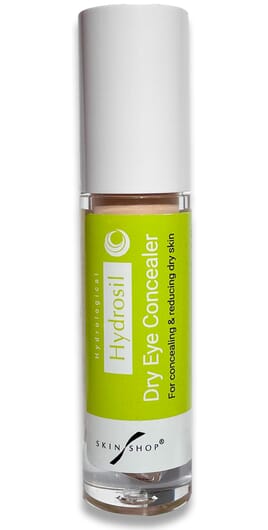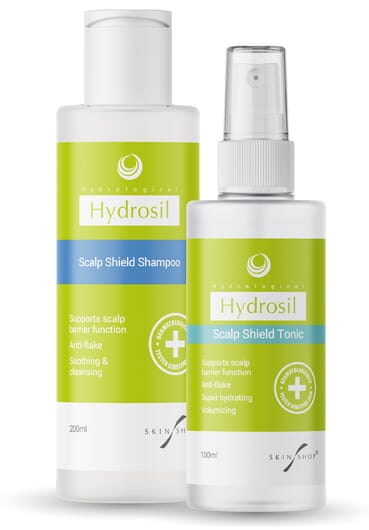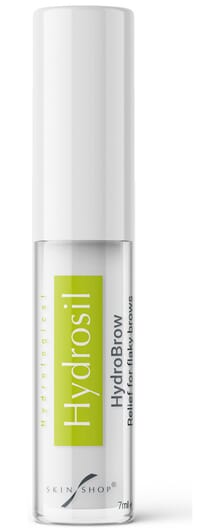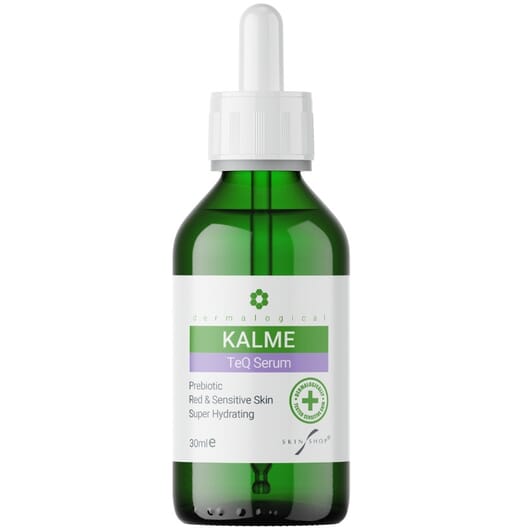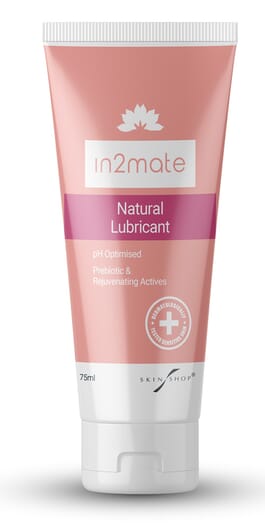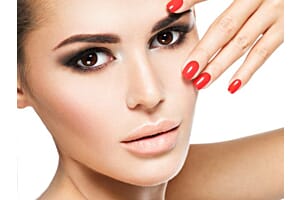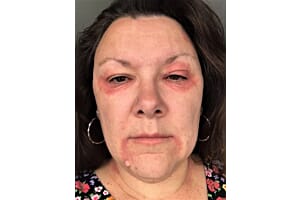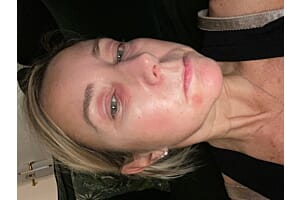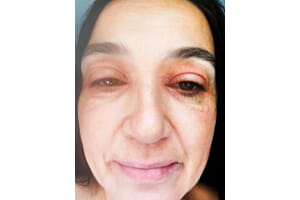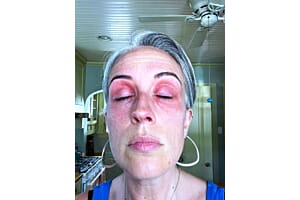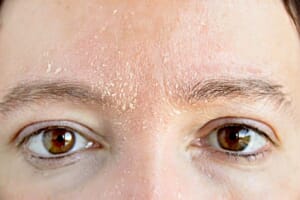Prebiotics are one of the most helpful ingredients for applying to the skin to fundamentally aide in repairing skin barrier function in dry, fragile, sensitive and red skin. They can also help with skin prone to acne.
What's the difference between probiotics and prebiotics?
There’s often a confusion about the difference between probiotics and prebiotics.
Probiotics are the good bacteria on our skin that keep it balanced and healthy. Prebiotics are essentially foods consumed by probiotics, so feeding the skin with prebiotics helps the skin’s natural levels of probiotics thrive and multiply.

It’s complicated to make formulations suitable for probiotics to be applied to the skin as to be effective they need to be kept live and at certain temperatures and so are not easy to store for longer periods of times suspended in skincare formulas.
However, prebiotics do not need to be kept 'live' and so are much easier to formulate into creams and serums for the skin. Applying these to the skin is effective because the prebiotics promote and boost in the growth of probiotics on the skin.
Good skin bacteria can be depleted through a number of causes, from chemicals in skincare and pollution to antibiotics and medications. Levels of good skin bacteria can also become low due to skin conditions that damage the skin’s barrier function such as eczema and rosacea, as well as hormonal changes to the skin during pregnancy and menopause, which can cause changes in all skin including intimate vaginal skin. Prebiotics can also help acne-prone skin whose good skin bacteria levels are often hugely damaged by the frequent use of anti-bacterial agents in most standard acne skin care.
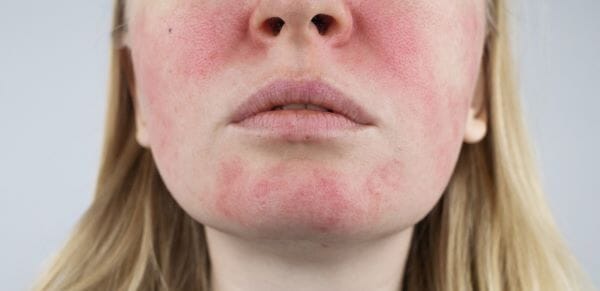
The skin, like the gut, is teaming with a network of microbiomes, which are natural and ever-shifting collections of microorganisms which work to promote healthier skin.
Applying prebiotics to skin helps probiotics to thrive and replenish a healthier skin microbiome which fundamentally aides in helping to repair skin barrier function in order to reduce redness, dryness and sensitivity and well as helping to replenish and rejuvenate skin quality, including internal vaginal skin.
What do you need to be cautious about when using prebiotics for skin?
An important consideration for prebiotic skin care is that it comes in stable packaging, not jars or pots where light and air exposure can spoil the effectiveness of the overall formula. It's bes to select opaque, air-restrictive bottles for formulations containing prebiotics. You should also look for prebiotics in fragrance-free formulas to ensure optimal soothing effects since fragrance is a known skin irritant.
People of all ages can benefit from the valuable support prebiotics provide, especially those with a compromised skin barrier or sensitivity.
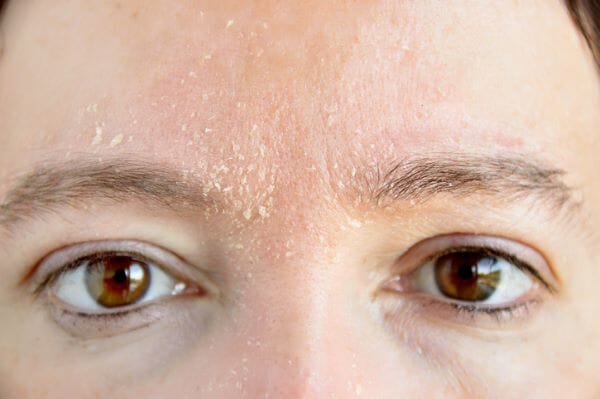
What are some of the best sources of prebiotics in skincare?
Chicory Root
A potent natural plant-based skin prebiotic is taken from chicory root.
Dermatologist Dr Eva Melegh says, “Biolin, which is a patented skin prebiotic made from chichory root, is an excellent skin prebiotic as it supports the restoration of the microbiota environment in skin and helps skin recover and replenish skin barrier repair faster while at the same time repressing the growth of harmful skin bacteria. It’s ideal for use in formulations for dry and atopic skin, skin prone to rosacea, redness and sensitivity as well as vaginal skin prone to dryness and irritation.”
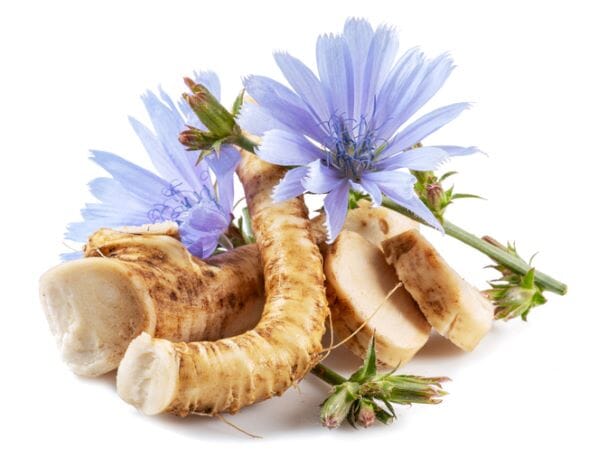
Biolin is excellent for repairing skin barrier function which is why is can be found in several Hydrosil products designed for atopic skin and skin prone to eczema and extreme dryness and irritation.
Hydrosil Dry Eye Concealer, Hydrosil HydroBrow, Hydrosil Scalp Shield Shampoo and Scalp Shield Tonic all contain Biolin as it aides in fast and effective skin barreir repair. The underlying casue of eczema, scalp eczema, scalp dermatitis, eyebrow eczema, eye eczema and atopic skin and very dry skin is either an underlying malfunction that causes damage to skin barrier function that allows moisture to escape from the skin more easily or a damaged skin barrier function from contact dermatitis from external irritants and chemcials and perfumes in skin and hair care products.

Biolin is also present in In2mate Moisturiser and In2mate Lubricant for aiding with vaginal dryness and irritation both internally and externally and restoring a healthier vaginal microbiome.
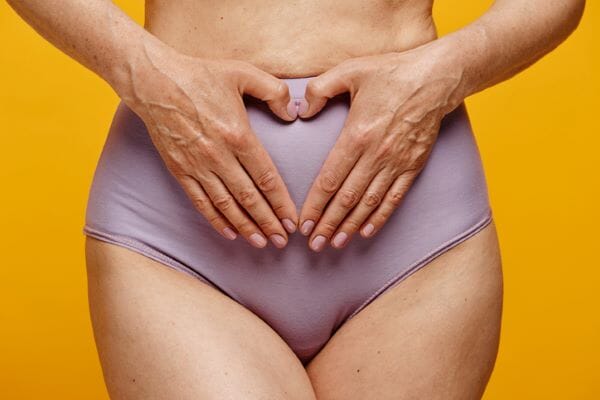
Kalme ChameleonConcealer for skin prone to rosacea also contains Biolin for helping to repair skin barrier function in red, dry and hypersensitive skin.
Agave
Agave, the plant use to make tequila, is another of nature’s potent skin prebiotics and is especially good for intense moisturisation and anti-redness making it excellent for skin prone to rosacea.
PreBIULIN AGA agave extract, found in Kalme TeQ Serum, is a patented prebiotic taken from the agave plant that is repellent to a particular skin bacteria associated with triggering rosacea flare ups, called bacillus oleronius.

“Skin prone to rosacea has a volatile reaction to an increase of bacillus oleronius bacteria that results in the classic cyclical symptoms of redness, inflammation and hyper-sensitivity”,” says Dr Melegh. “So reducing this particular bacteria and promoting the growth of beneficial bacteria can be hugely beneficial to skin prone to rosacea.”
Aside from reducing bacillus oleronius, PreBIULIN AGA also helps replenish the skin’s microbiome, which is typically damaged from repeated rosacea flares and leads to dryness and tightness of the skin, a common symptom of rosacea.
PreBIULIN AGA is also proven to be more moisturising than Hyaluronic Acid, and so prevents the extreme dryness associated with rosacea.
Kalme TeQ Serum contains a second extract of pure Blue Agave, whose science name is Agave Tequilana (TeQ) that has prebiotic properties to help reinforce the action of PreBIULIN AGA as well as offering additional hydration and an anti-inflammatory action.




